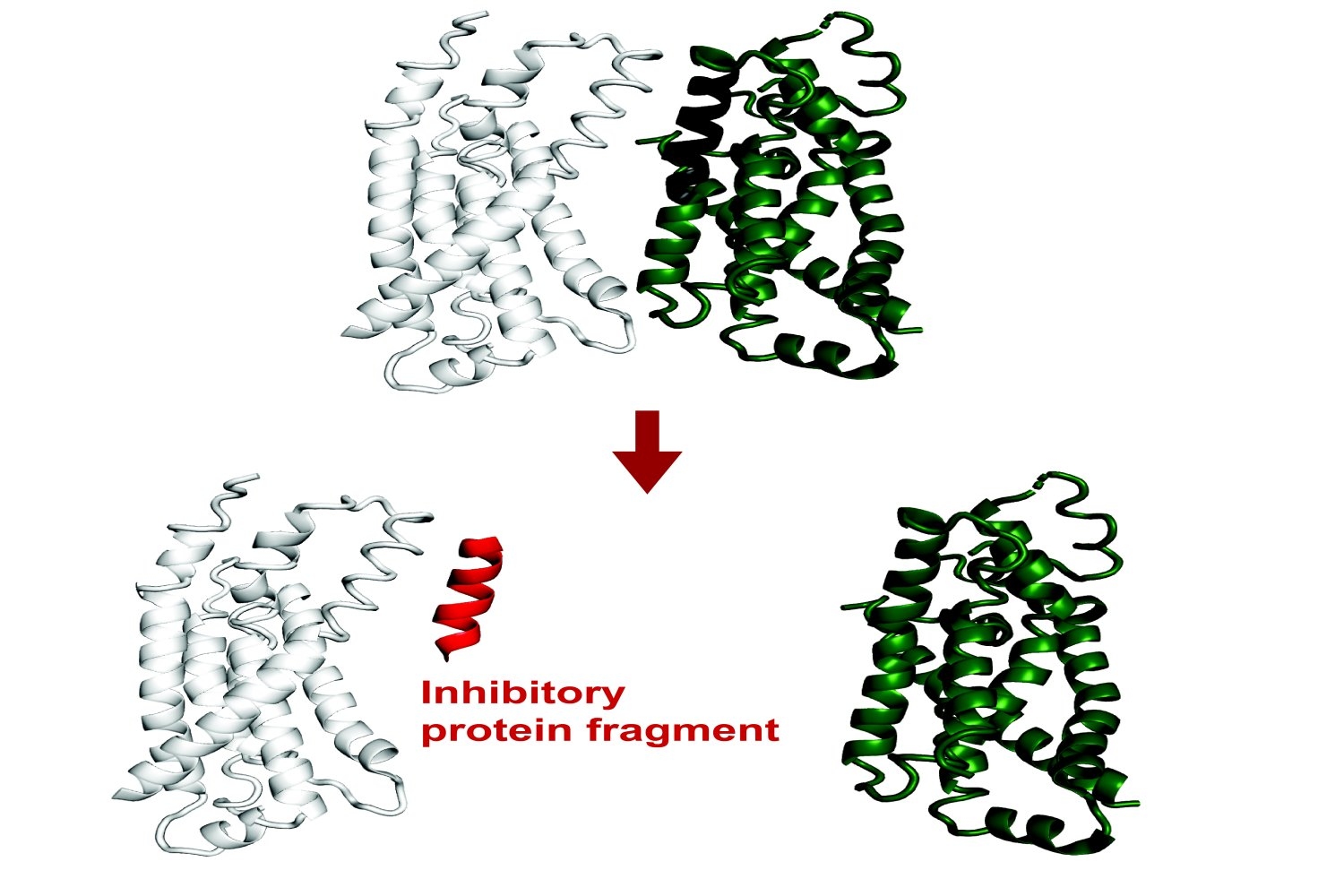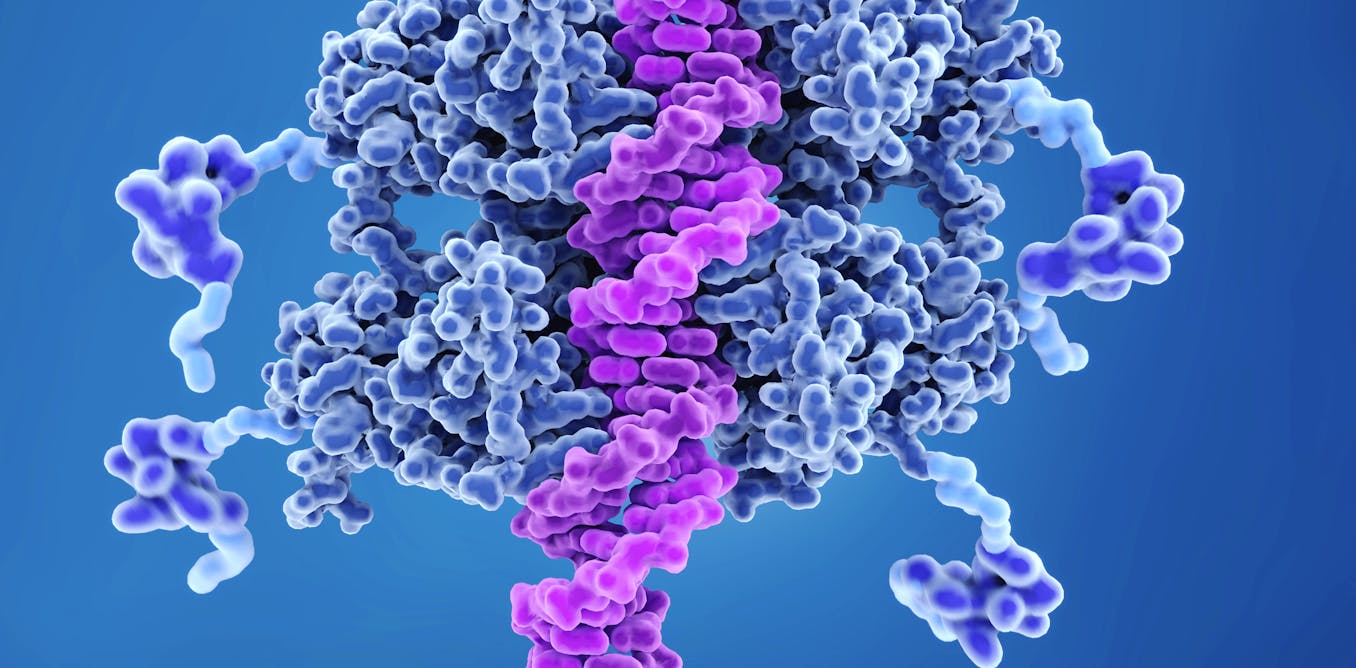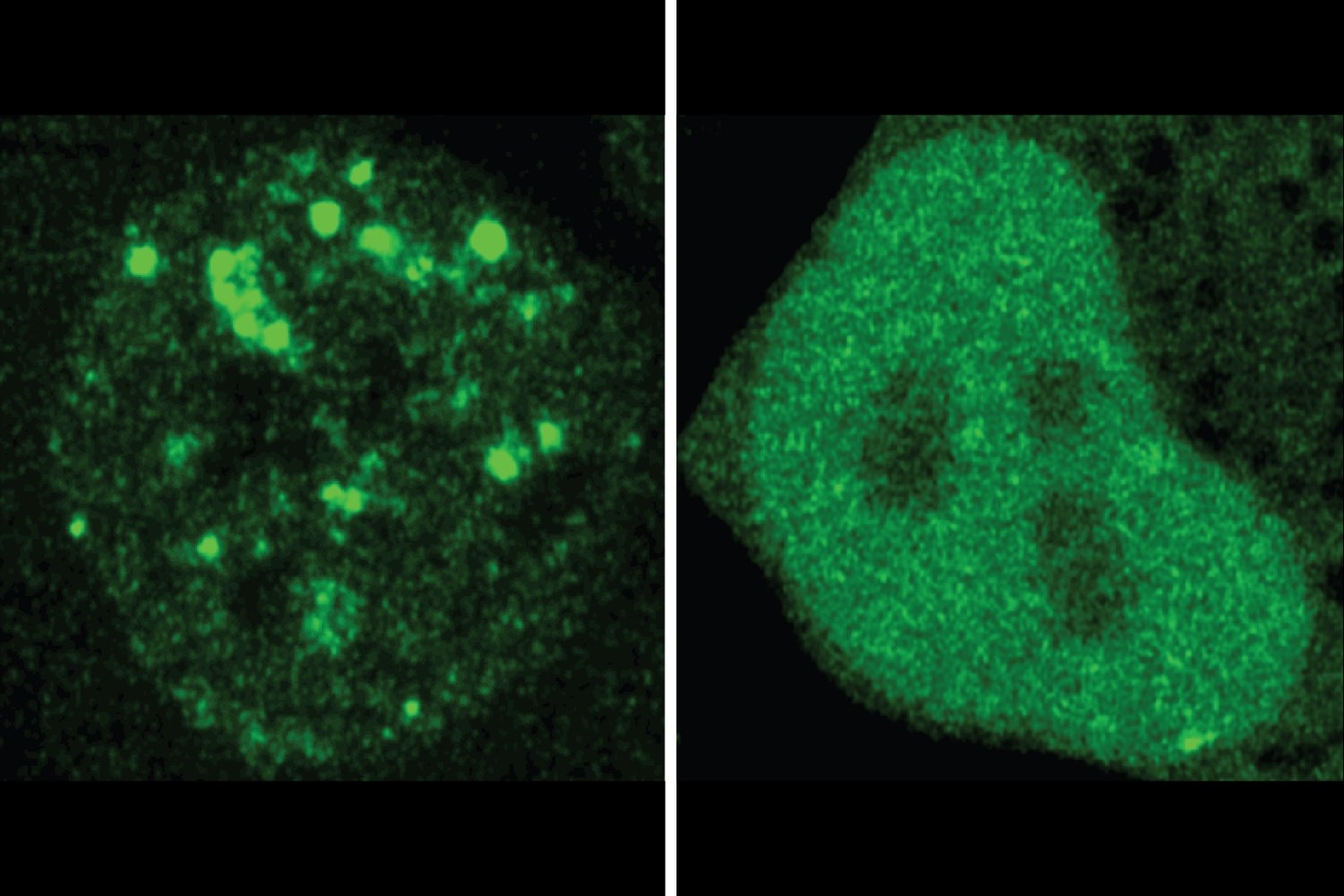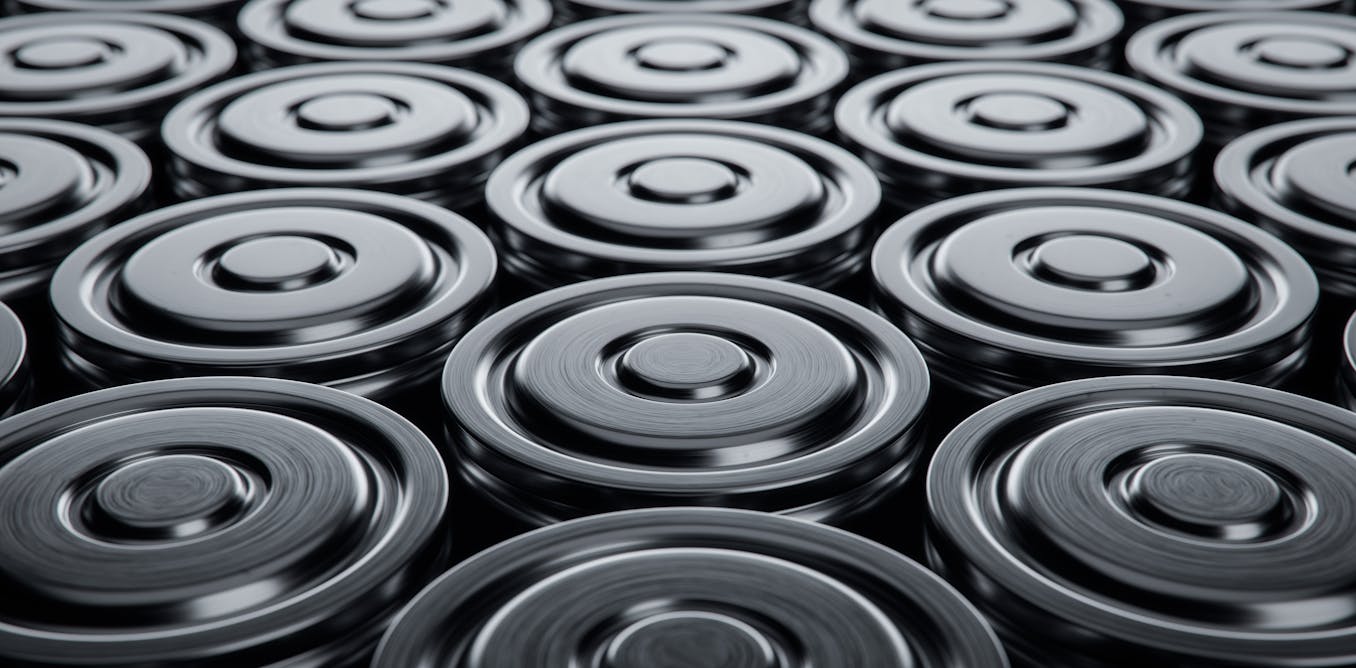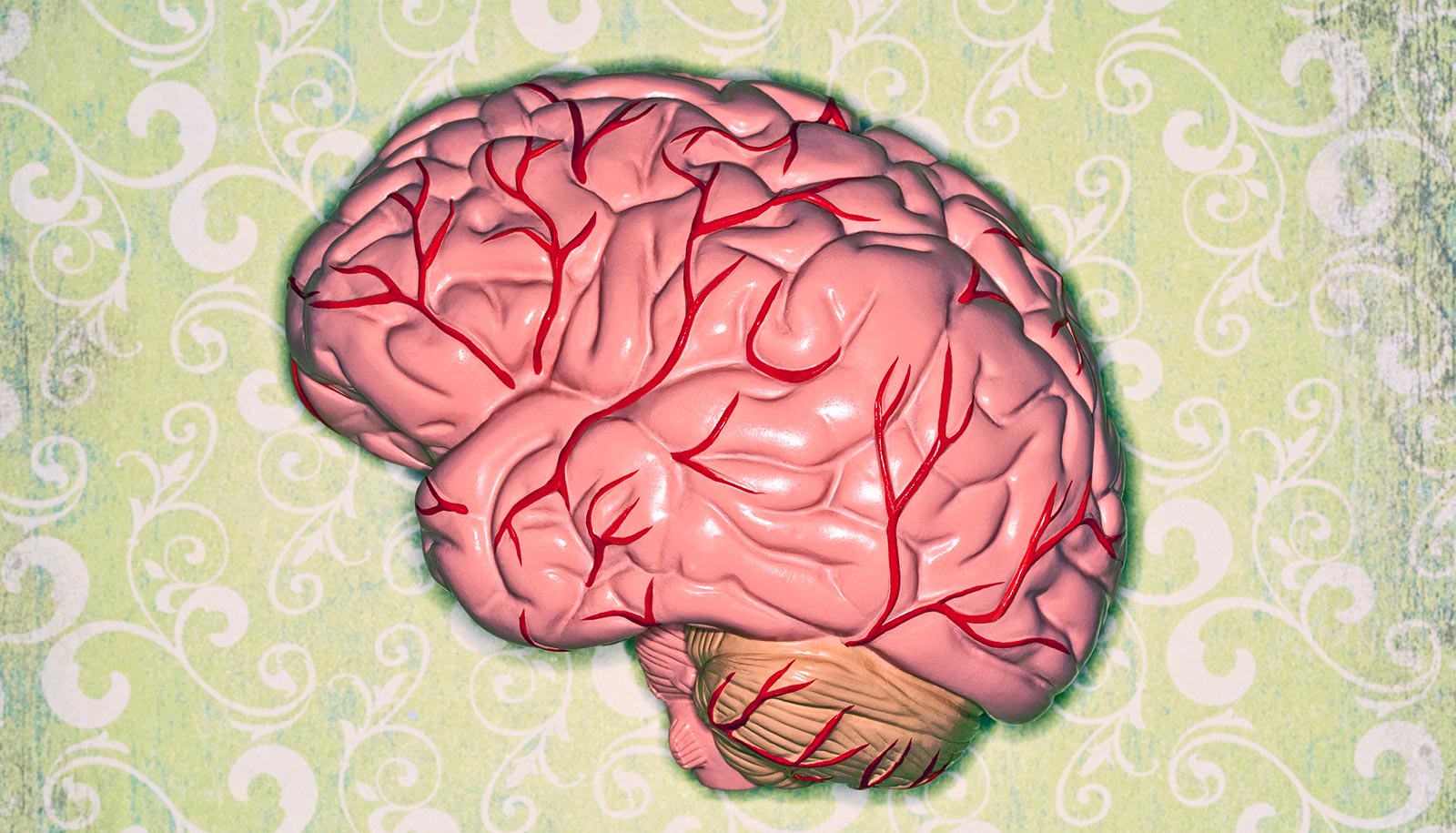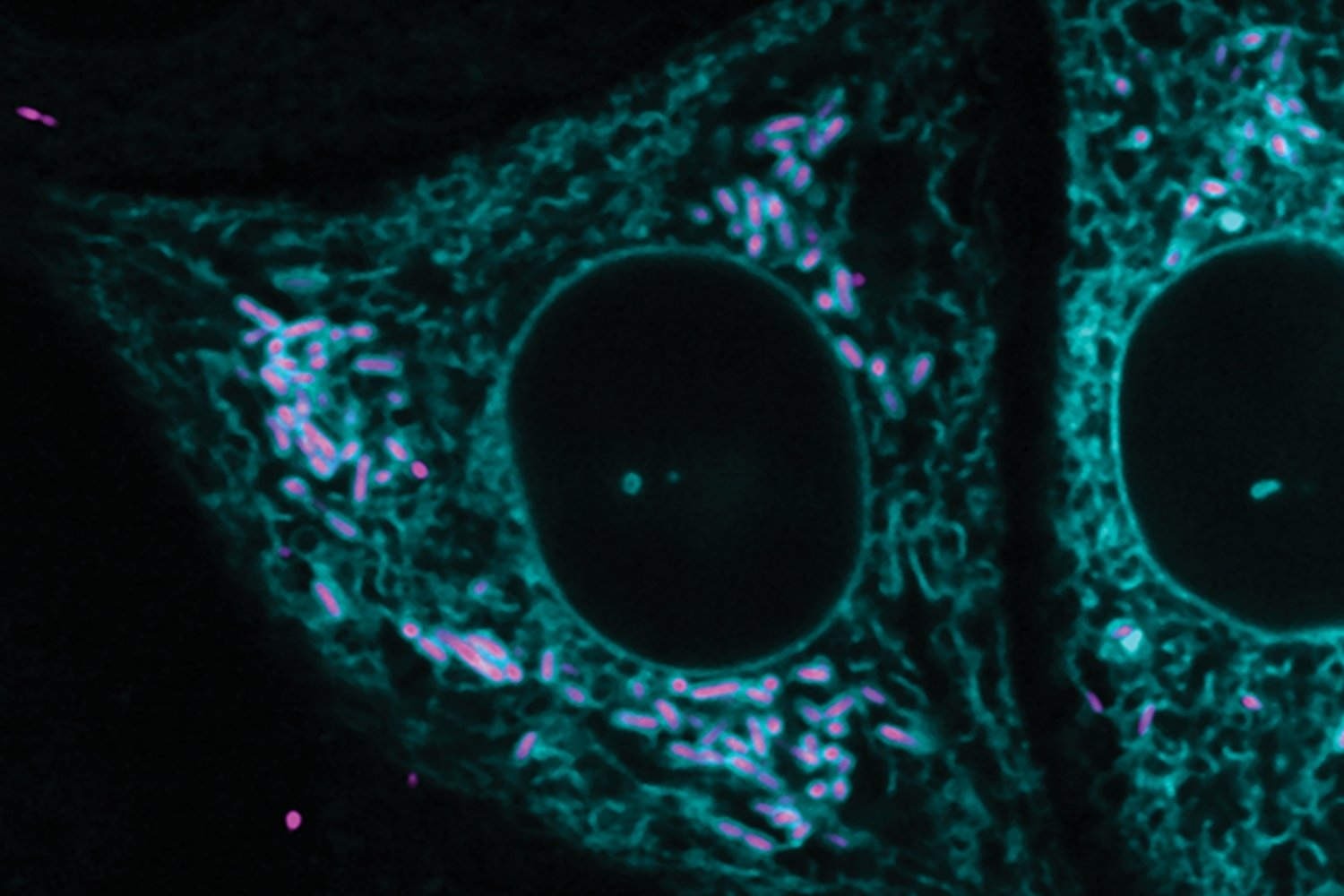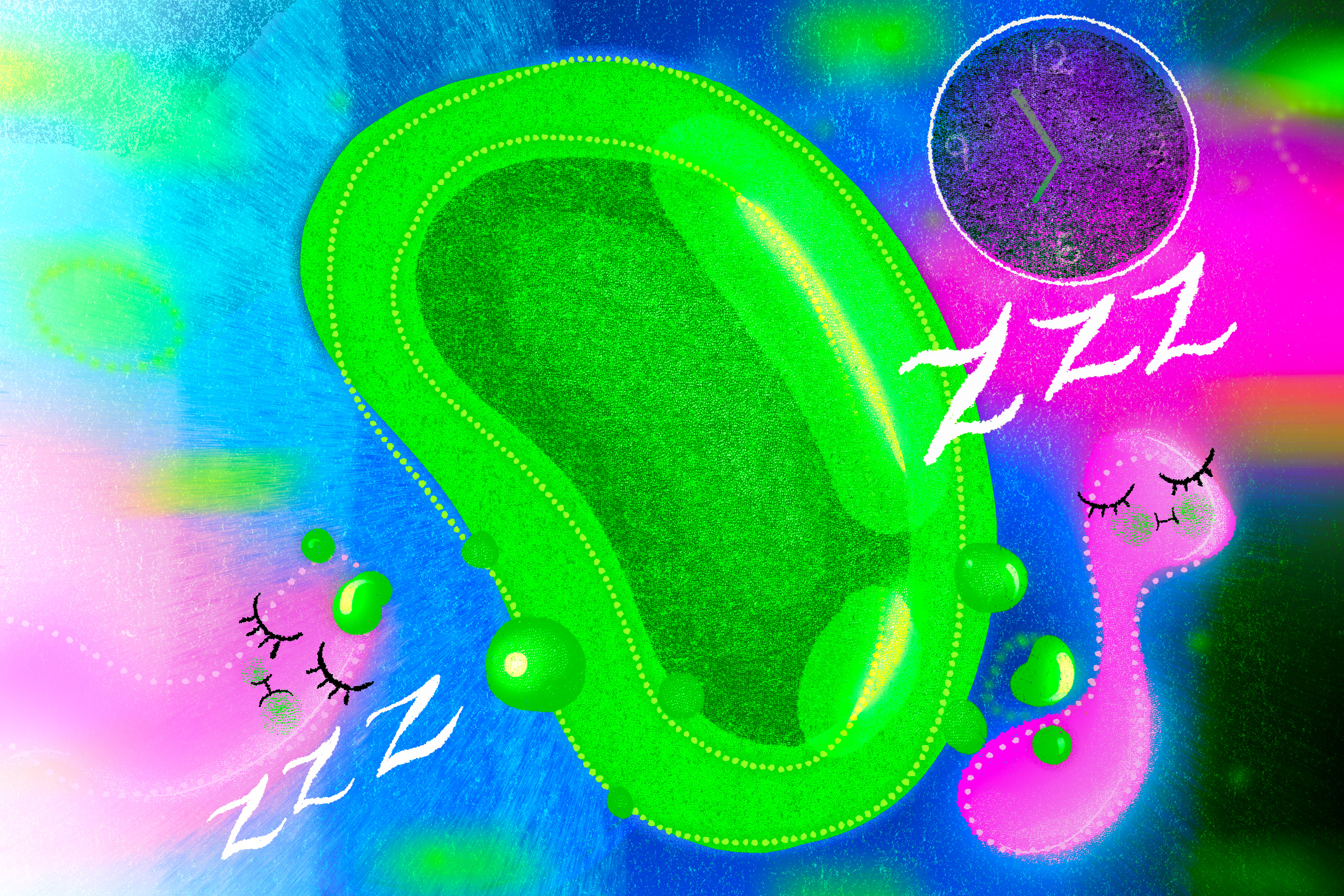p53 is both your genome’s guardian and weakness against cancer – scientists are trying to repair or replace it when it goes awry
The gene that codes for p53 is the most frequently mutated in cancer. Researchers are targeting different parts of its complex pathway to restore its ability to stop cancer.
Feb. 20, 2025 • ~7 min
AI model deciphers the code in proteins that tells them where to go
Whitehead Institute and CSAIL researchers created a machine-learning model to predict and generate protein localization, with implications for understanding and remedying disease.
Feb. 13, 2025 • ~11 min
AI is transforming the search for new materials that can help create the technologies of the future
Discovering new materials could drive forward areas such as green technology and advanced electronics.
Feb. 10, 2025 • ~9 min
Kingdoms collide as bacteria and cells form captivating connections
Studying the pathogen R. parkeri, researchers discovered the first evidence of extensive and stable interkingdom contacts between a pathogen and a eukaryotic organelle.
Jan. 24, 2025 • ~8 min
Microgravity in space may cause cancer − but on Earth, mimicking weightlessness could help researchers develop treatments
Cells function differently under low gravity conditions. Rather than send lab samples to space, researchers are developing Earth-bound tools to more easily study microgravity’s effects on biology.
Jan. 24, 2025 • ~6 min
/
66

